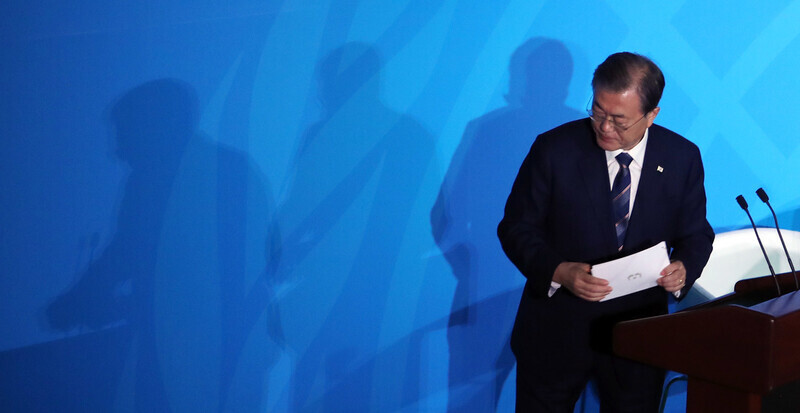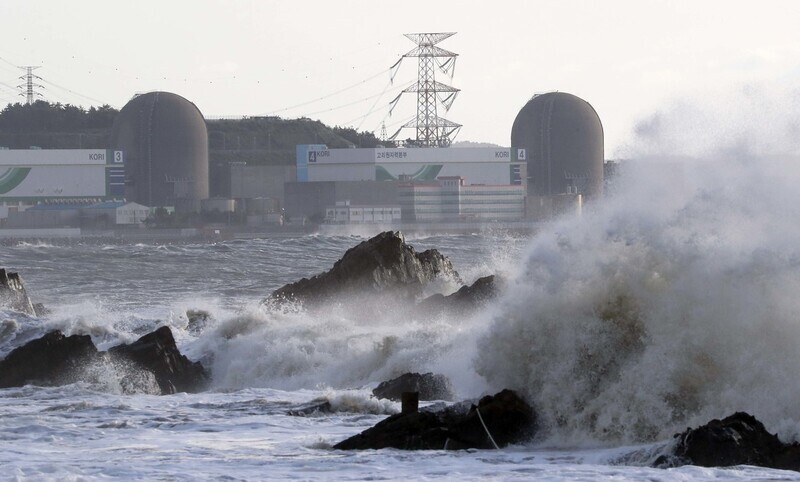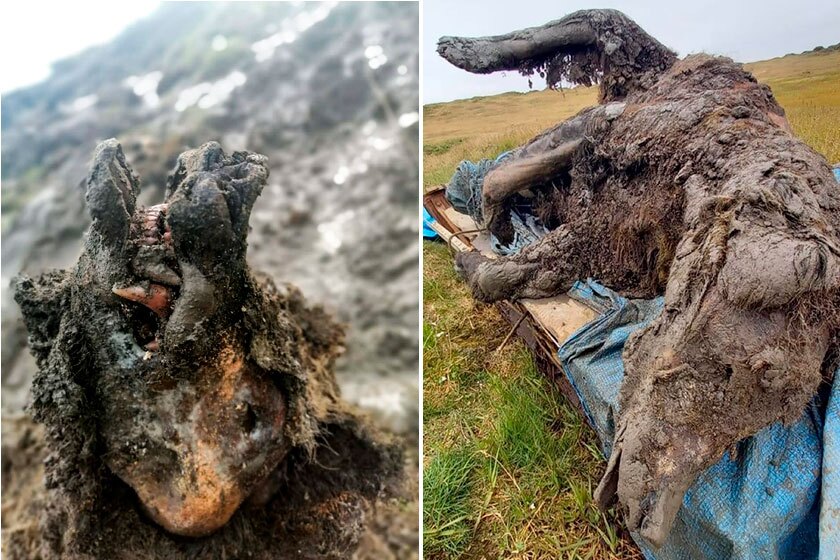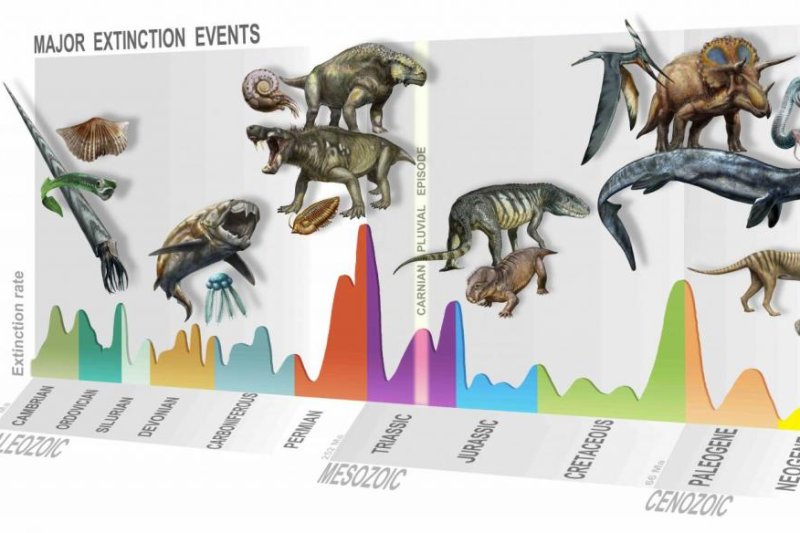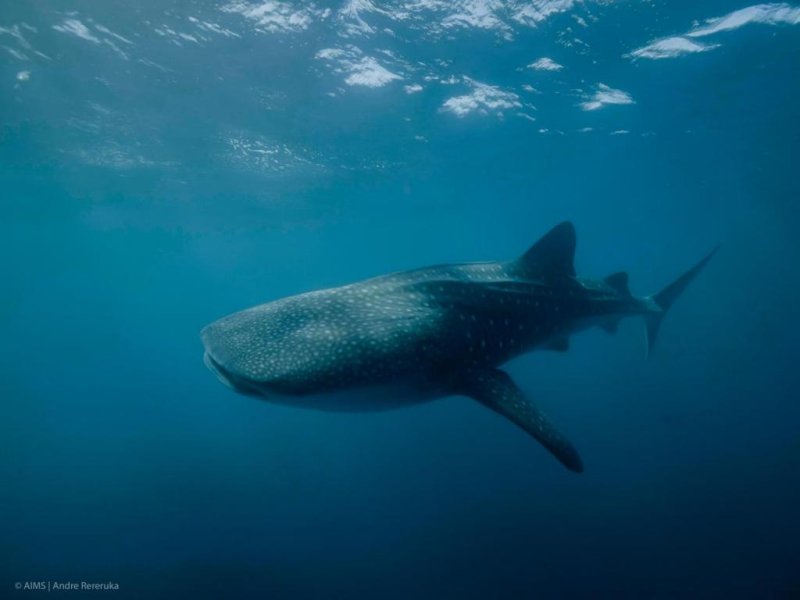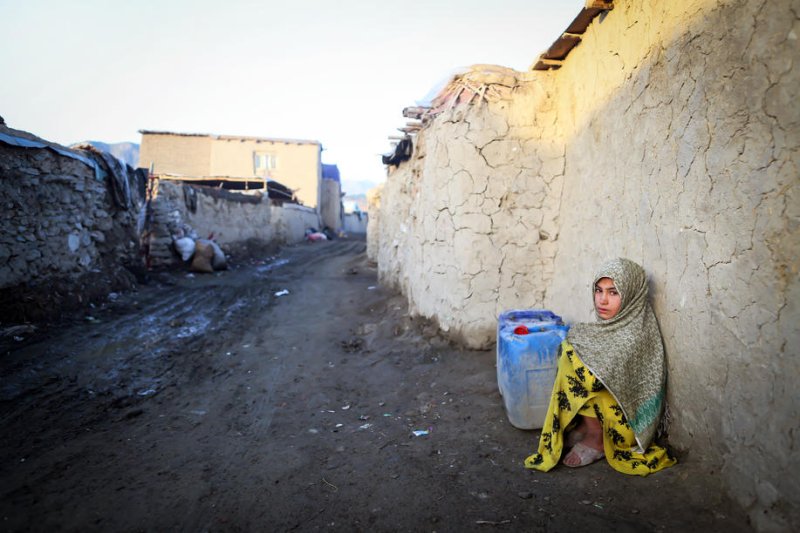Yan Li-meng published paper under Rule of Law Foundation, funded by Chinese billionaire in exile
Posted on : Sep.18,2020

Steve Bannon, former chief strategist in the White House, and billionaire Guo Wengui, a Chinese exile who lives in the US. (Guo’s Twitter account)
A controversial study claiming that the coronavirus was manufactured in a laboratory in Wuhan, China, turns out to be linked to Steve Bannon, a former senior strategist in the White House under US President Donald Trump. After a researcher from Hong Kong who is receiving assistance from Bannon claimed that the coronavirus was man-made, her social media accounts were either shut down or labeled with “fake news” warnings.
Yan Li-meng, a former postdoctoral researcher at the University of Hong Kong, published a paper on Zenodo, an open-access repository of scholarship, on Sept. 14, stating that she had evidence to back up her claims about the coronavirus. The title page of the article in question includes the name of the Rule of Law Foundation, an organization in which Bannon is involved.
The Rule of Law Foundation was established in November 2018 with a US$100 million donation from billionaire Guo Wengui, an exile from China who lives in the US. The foundation is composed of two charitable organizations based in New York, one of which is called the Rule of Law Society. Bannon is the chairman of the Rule of Law Society, which also appears on the title page of Yan’s paper.
Guo Wengui, a real estate magnate, fled China in 2014 after one of his associates was arrested on corruption charges. Since reestablishing himself in New York, he has organized a campaign to overthrow the Chinese Communist Party. Bannon used to be the executive chairman of Breitbart, a far-right American news website that has trafficked in conspiracy theories. After serving in Donald Trump’s successful campaign for US president in 2016, Bannon was appointed as an advisor to Trump in the White House; he stepped down from that position in August 2017.
Since then, Bannon has built a connection with Guo Wengui by appearing in dozens of videos criticizing the Chinese Communist Party. Bannon was arrested last month on charges of defrauding donors in a fundraising campaign and was released on US$5 million bail. At the time of his arrest, Bannon was on a superyacht owned by Guo, off the coast of Connecticut.
Yan says virus was created by PLA’s biological weapons department
A former resident of Hong Kong, Yan relocated to the US in April and has been advancing her coronavirus claims since July. On July 28, she said in a video on Bannon’s YouTube channel that the coronavirus was created as part of biological weapons development by China’s military, which is called the People’s Liberation Army.
Yan repeated these claims during appearances on ITV in the UK and Fox News in the US this month, before releasing her paper on Sept. 14. Four other researchers were named in the paper, but no information was provided about their qualifications. The paper did not disclose what role was played in the research by the Rule of Law Foundation or the Rule of Law Society, in which Bannon is involved.
As of Sept. 17, Yan’s Twitter account (@limengyan119) was temporarily suspended. The account, created earlier this month, had displayed a picture of Yan’s face and the message, “Let’s talk about science,” but currently appears to be empty of content. A notification states that the account violated Twitter’s rules. Since May, Twitter has been labeling tweets that contain information determined to be fake news, but it’s rare for an entire account to be suspended for that reason.
Facebook has also been categorizing Yan’s claims as fake news. On Sept. 15, the Facebook account of Tucker Carlson Tonight, a leading Fox News talk show focusing on current affairs, posted a video in which Carlson interviews Yan about her coronavirus claims. Facebook labeled the video in question with the following message: “This post repeats information about COVID-19 that independent fact-checkers say is false.”
Facebook’s label includes links to three articles related to COVID-19 and the claims made in the interview. Two were by FactCheck.org, a website run by the Annenberg Public Policy Center, and one was by USA Today, a major media outlet. The articles in question verify that there’s no factual basis for claims that the coronavirus was manufactured at a lab in Wuhan or that the coronavirus was derived from HIV, the virus that causes AIDS.
Other scientists dispute Yan’s claims as false
The paper that Yan published on Zenodo is titled “Unusual Features of the SARS-CoV-2 Genome Suggesting Sophisticated Laboratory Modification Rather Than Natural Evolution and Delineation of Its Probable Synthetic Route.” The paper argues that the coronavirus, officially known as SARS-CoV-2, is similar both to the SARS virus from 2003 and to a bat coronavirus discovered in a Chinese military laboratory.
“This pre-print report cannot be given any credibility in its current form,” said Andrew Preston, a researcher in the department of biology at the University of Bath.
Kristian Andersen, who published a paper in Nature demonstrating the natural origins of the coronavirus, said that Yan’s claims were factually wrong. Andersen said that SARS-CoV-2 and the bat coronavirus differ in more than 3,500 nucleic acid components.
Back in July, Yan said she’d discovered person-to-person transmission of COVID-19 early on in the outbreak, but that the University of Hong Kong had silenced her. The University retorted that Yan didn’t conduct any research about the coronavirus at the end of last year.
By Choi Hyun-june, staff reporter, and Jung E-gil, senior staff writer
@hani.co.kr]


